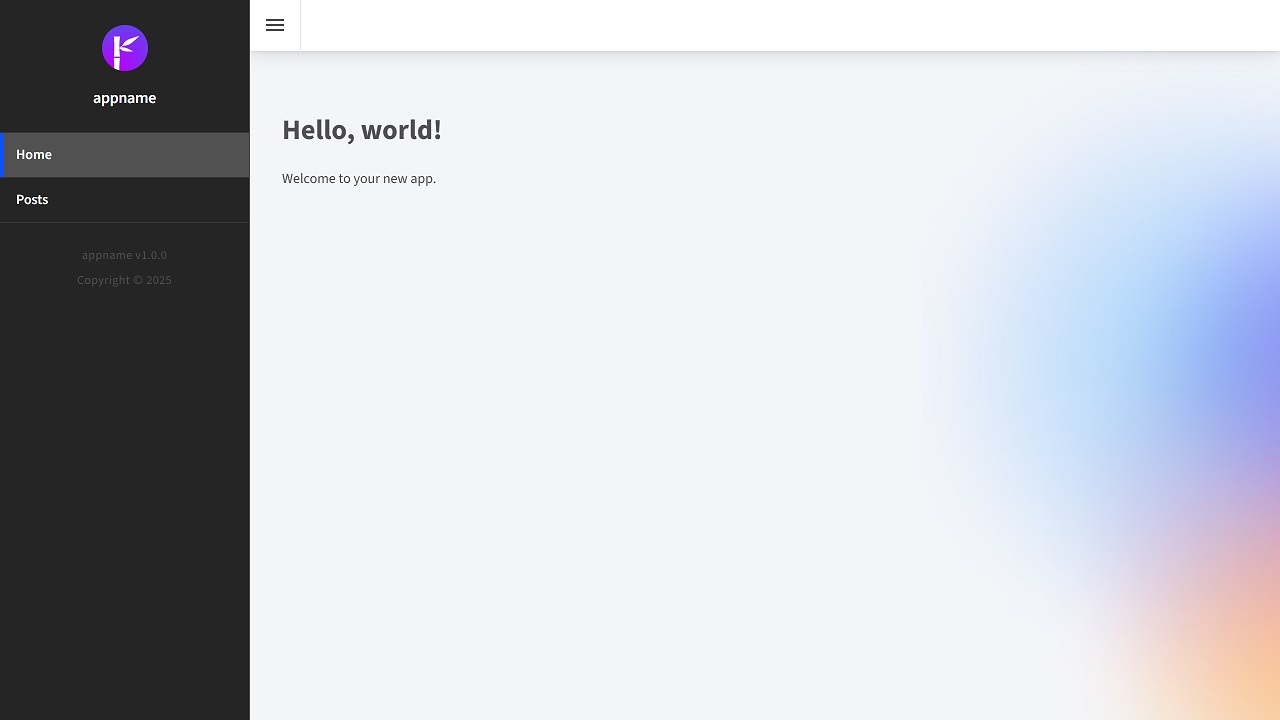Blazor Radzen .NET 8 Menu with Adaptive Behavior for Mobile and Desktop

Blazor Radzen .NET 8 Menu with Adaptive Behavior for Mobile and Desktop
Blazor: Blazor A framework for building interactive web applications using C# instead of JavaScript. It allows developers to create rich web UIs with a component-based architecture.
Radzen: Radzen A set of UI components for Blazor that simplifies the development of web applications. The Radzen Panel Menu is a versatile component that provides a collapsible menu structure.
.NET 8: .NET 8 is the latest version of the .NET framework, which is a software development platform for building applications.
Adaptive Behavior: This refers to the ability of the menu to adjust its layout and functionality based on the device being used, ensuring optimal usability on both mobile and desktop platforms.
Responsive Design: The practice of creating web applications that provide an optimal viewing experience across a wide range of devices.
JavaScript Interop: A feature in Blazor that allows C# code to call JavaScript functions.
| Desktop | Mobile |
|---|---|
 |  |
NavMenu.razor
NavMenu.razor
...
<RadzenPanelMenu>
<RadzenPanelMenuItem Text="Home" Path="/" Click="PanelMenuItemClick" />
<RadzenPanelMenuItem Text="Posts" Path="/BlogPost" Click="PanelMenuItemClick" />
</RadzenPanelMenu>
...
...
...
@code {
[Parameter]
[EditorRequired]
public Action? AfterClick { get; set; }
async void PanelMenuItemClick()
{
if (AfterClick is not null)
await InvokeAsync(AfterClick);
}
}
...
RadzenPanelMenu: This component serves as the parent for the menu items. It automatically handles the layout and styling based on the device.
RadzenPanelMenuItem: Each item is defined with a Text property that specifies what the user sees and a Path property that indicates the URL to navigate to when clicked. The Click event is linked to the PanelMenuItemClick method.
AfterClick Parameter: This is an optional parameter that allows the parent component to specify an action to be executed after a menu item is clicked. It is marked with [Parameter] and [EditorRequired] attributes to ensure it is set correctly.
PanelMenuItemClick Method: This asynchronous method checks if the AfterClick action is not null and invokes it. The use of InvokeAsync ensures that the action is executed on the correct synchronization context, which is crucial in Blazor applications.
MainLayout.razor
MainLayout.razor
...
<NavMenu AfterClick="SidebarCloseIfMobile" />
...
...
...
public async void SidebarCloseIfMobile()
{
/*
Breakpoints: (https://blazor.radzen.com/breakpoints)
xs - Extra Small ≥ 576px
sm - Small ≥ 768px
md - Medium ≥ 1024px
lg - Large ≥ 1280px
xl - Extra Large ≥ 1920px
xx - Extra Extra Large ≥ 2560px
*/
int maxWidth = 768; // if 'xs' or 'sm'
int? width = await JSRuntime.InvokeAsync<int?>("eval", "window.innerWidth");
if (width is not null && width <= maxWidth)
{
sidebarExpanded = false;
await InvokeAsync(StateHasChanged);
}
}
...
SidebarCloseIfMobile method will be invoked after a click event on the navigation menu.
Breakpoint Definition: The method starts by defining a maximum width of 768 pixels, which corresponds to mobile devices (extra small and small breakpoints).
JavaScript Interop: The method uses JSRuntime.InvokeAsync to execute a JavaScript command that retrieves the current window's inner width. This is crucial for determining the device type.
Conditional Logic: If the retrieved width is not null and is less than or equal to the defined maximum width, the sidebar is set to a collapsed state (sidebarExpanded = false).
State Update: Finally, InvokeAsync(StateHasChanged) is called to notify the Blazor component that the state has changed, prompting a re-render of the UI.
Source
Full source code is available at this repository in GitHub:
https://github.com/akifmt/DotNetCoding/tree/main/src/BlazorAppRadzenNet8waMenuAdaptiveBehaviorMobile
Live Preview
Live Preview:
https://akifmt.github.io/DotNetCodingDemo/BlazorAppRadzenNet8waMenuAdaptiveBehaviorMobile
